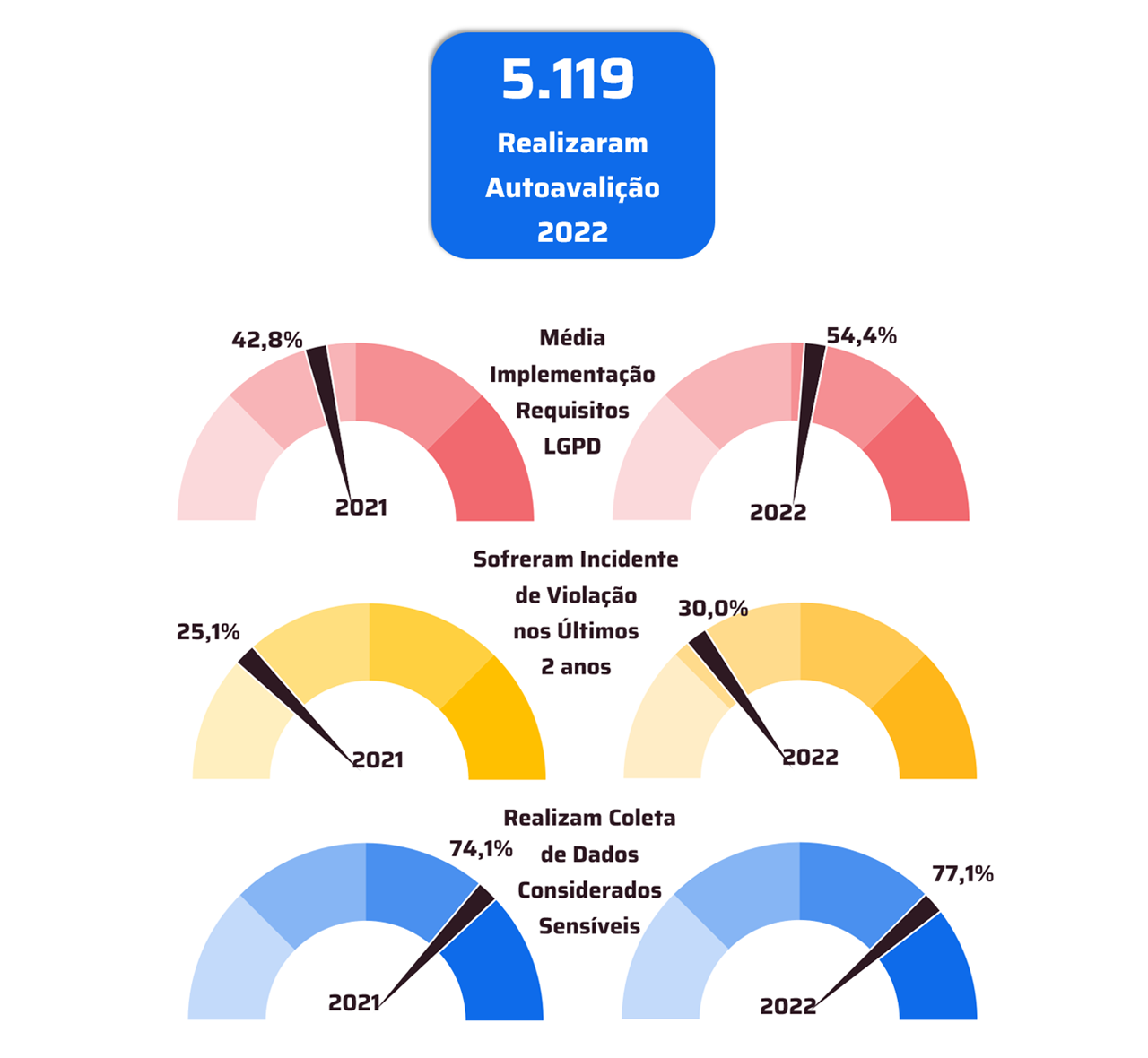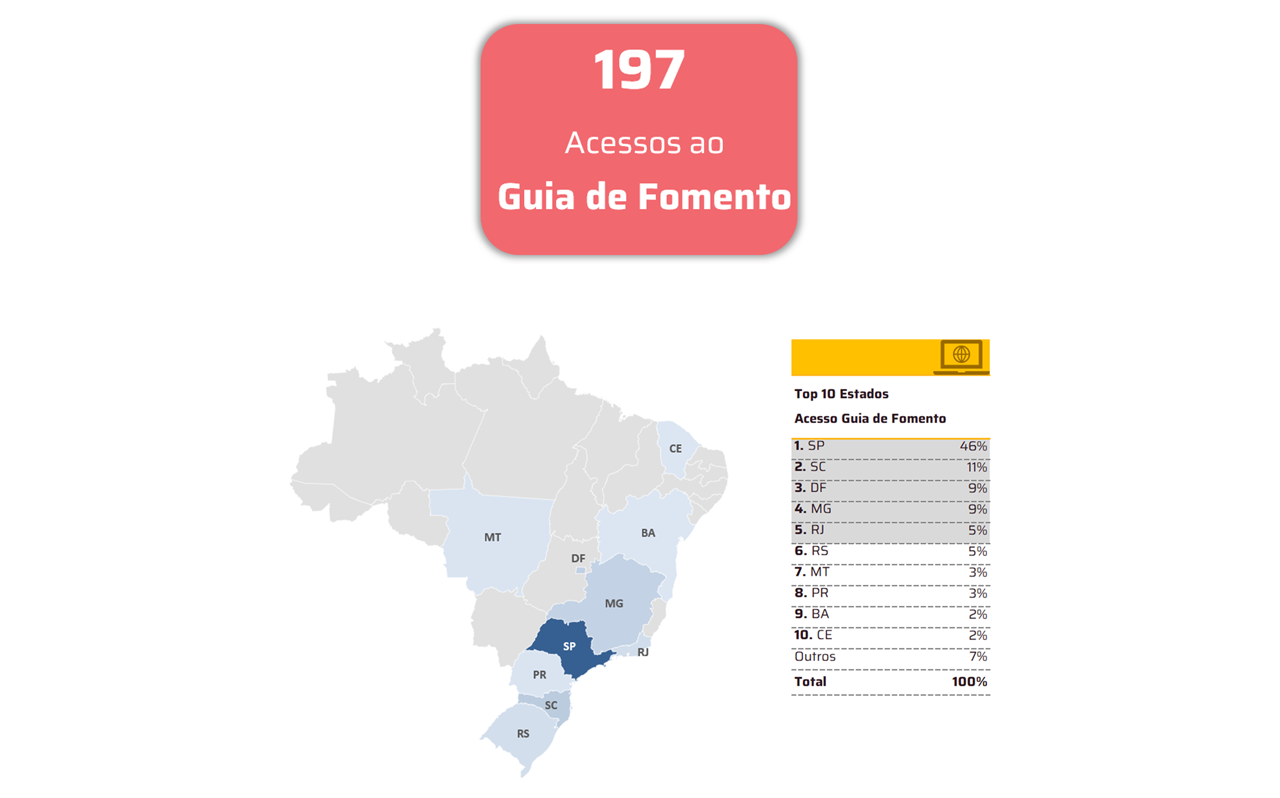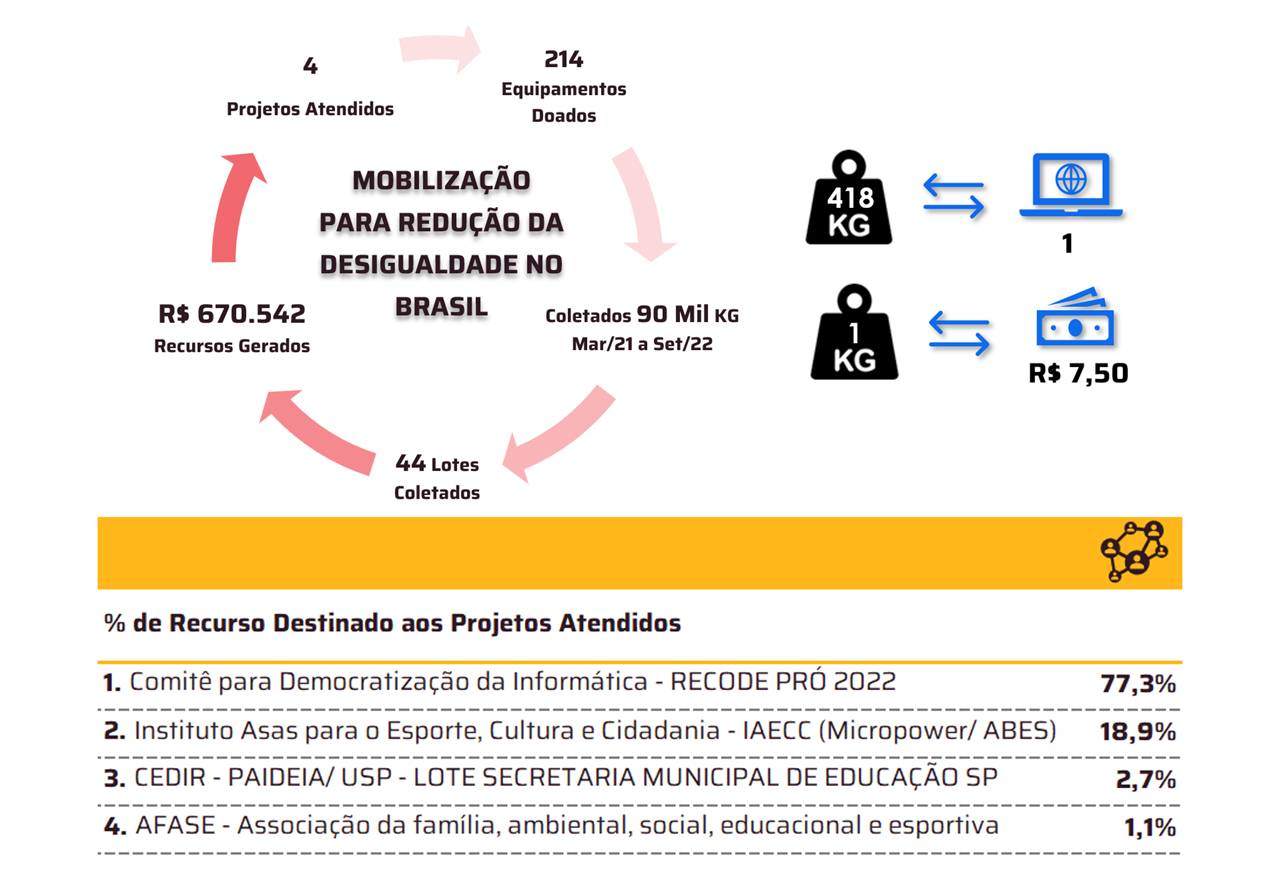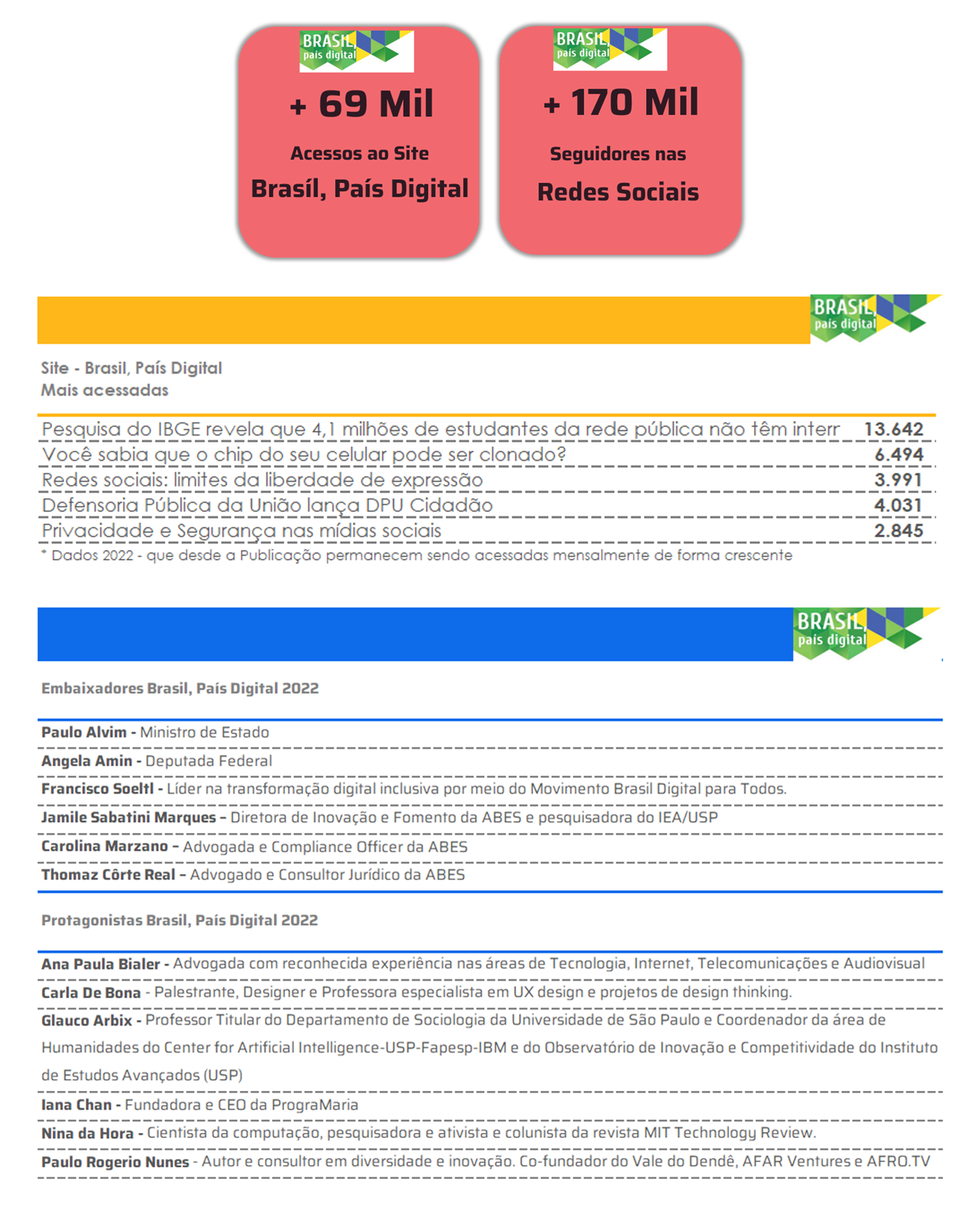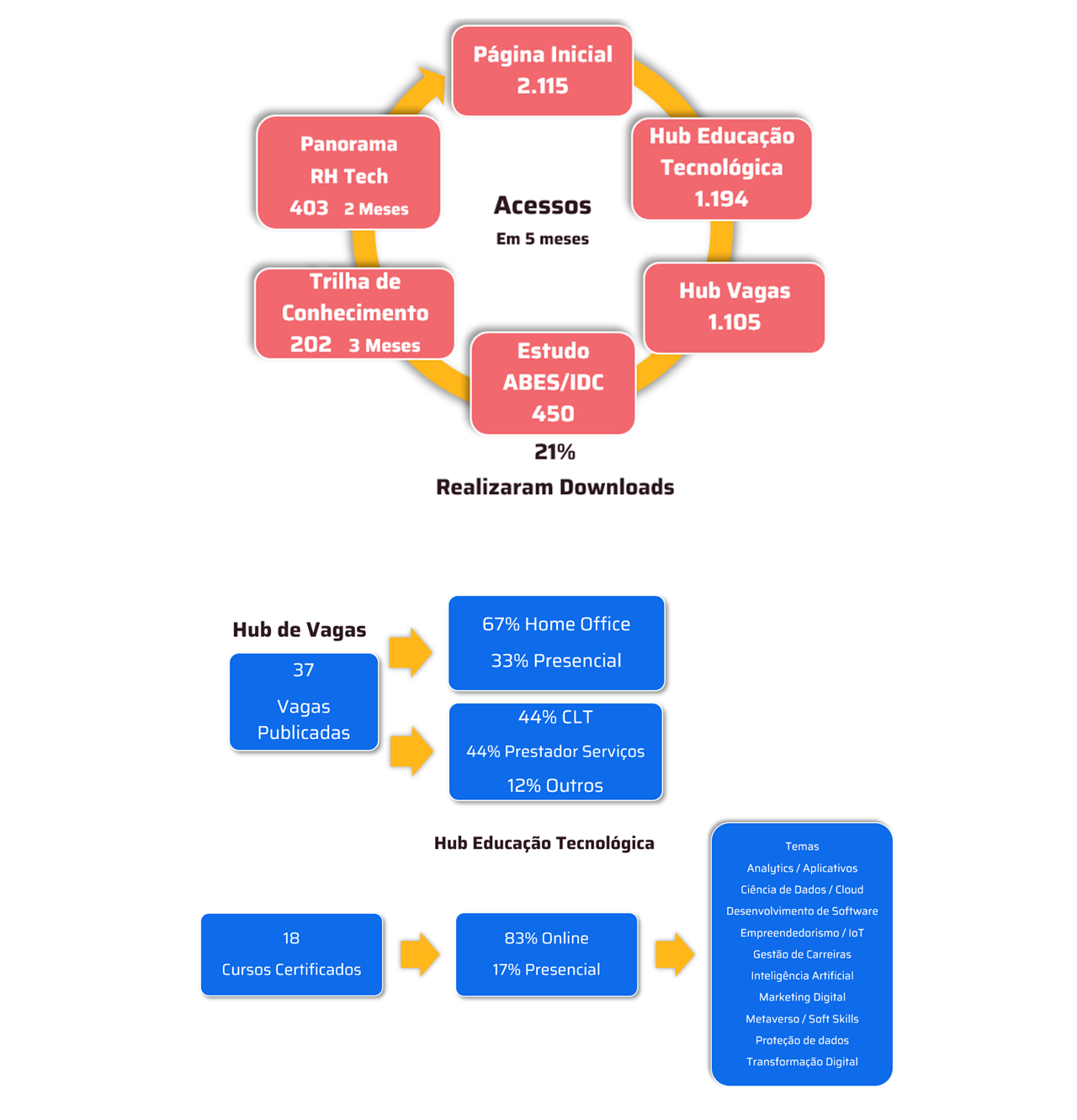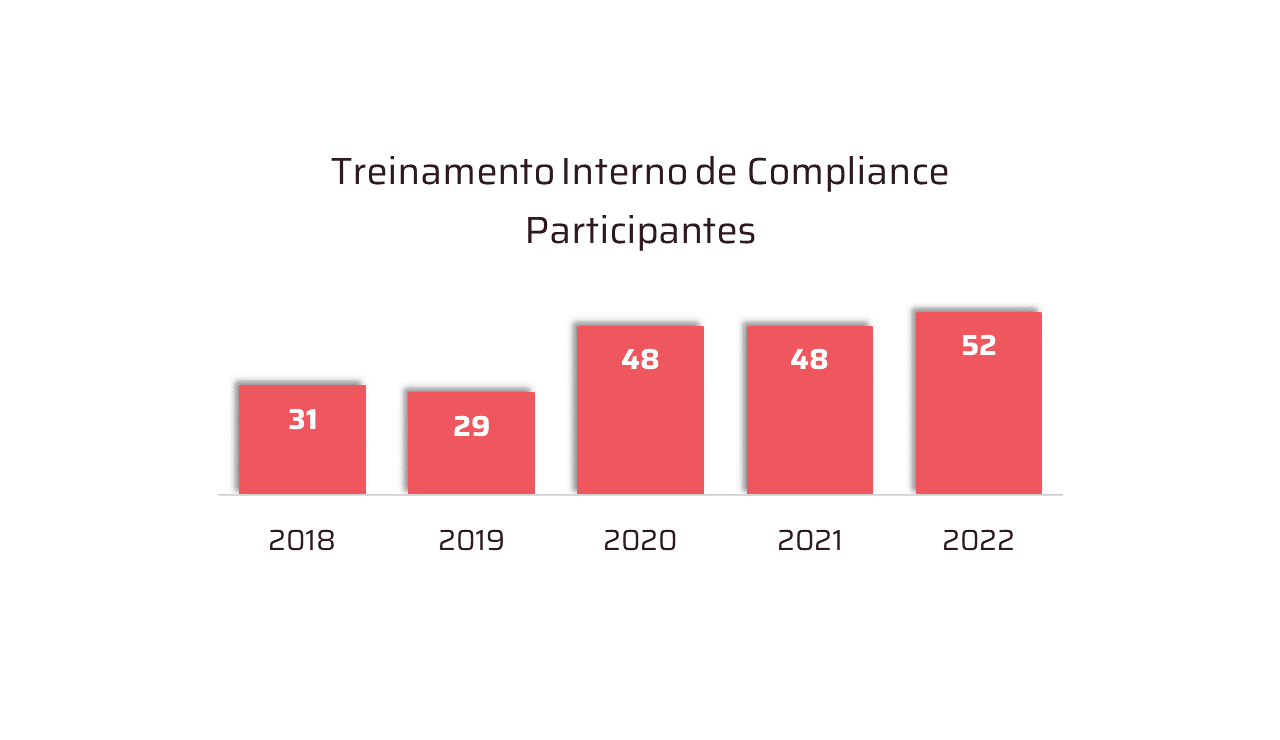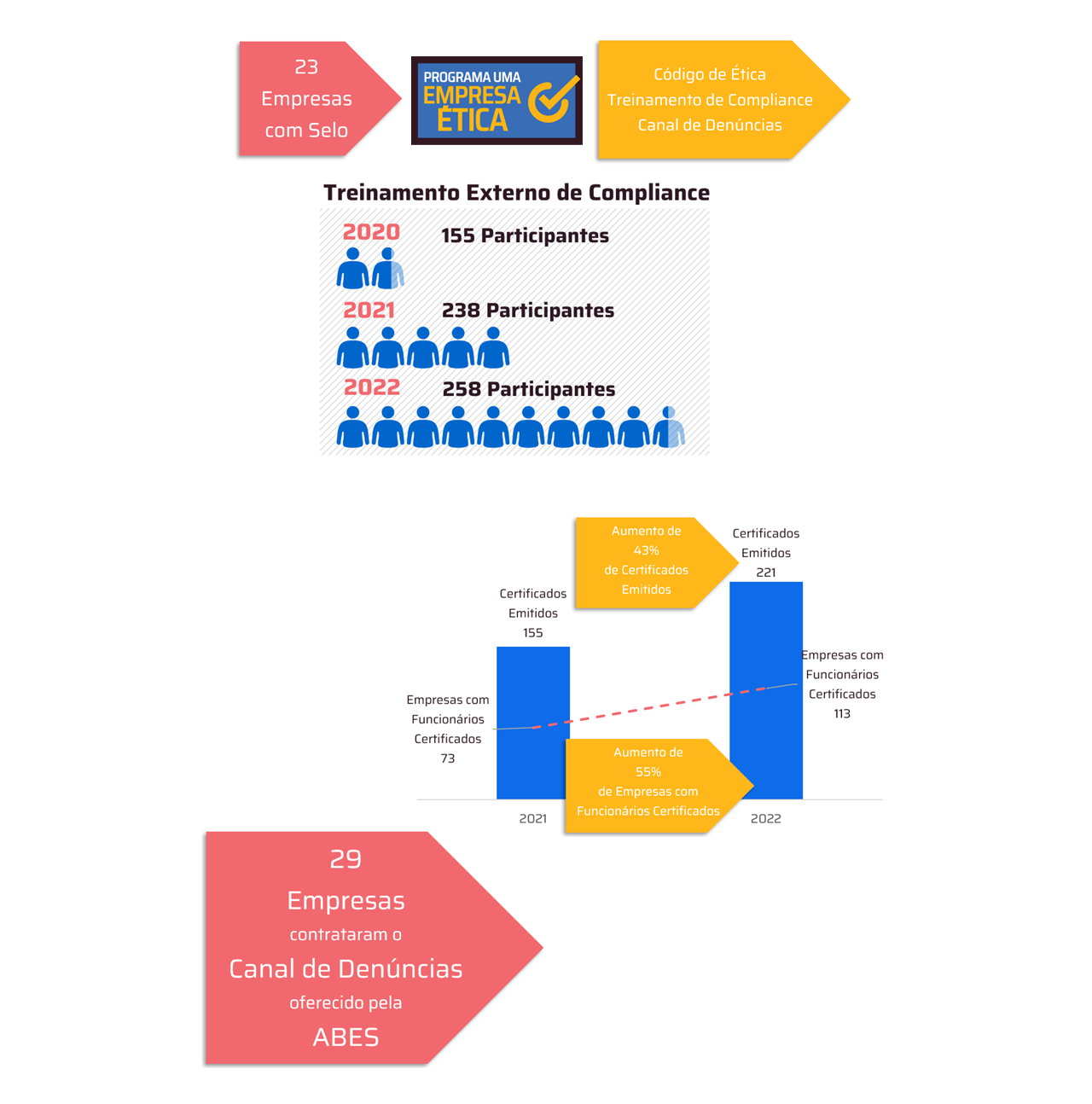In the United States, 51% of professionals will work in a hybrid way and 20% will be fully remote
By the end of 2023, 39% of global knowledge workers ('Global Knowledge Workers' who work with the intellectual part) carrying out its tasks in a hybrid way, foresees the Gartner, a world leader in business research and advice.
“The hybrid model is no longer just a privilege for employees, but an expectation for everyone,” he says. Ranjit Atwal, Analyst and Senior Director at Gartner. “Many professionals have started to partially return to offices throughout 2022, but the hybrid work style will remain in the spotlight in 2023 and beyond. To adapt to this new reality, companies will have to implement a human-centric work design – including flexibility, intentional collaboration and empathy-based management – a format that lends itself well to hybrid workers.”
IT employees are more likely to leave their jobs than employees in other fields, as they seek greater flexibility and better work-life balance, as well as better career opportunities. According to Gartner analysts, CIOs (Chief Information Officer) could maximize talent retention and attraction by redefining their employees' value proposition with a more human dynamic.
Gartner defines hybrid workers as employees who work in the office at least one day a week. Fully remote workers are those who perform their duties from home all the time. Employees are those who work in person at companies, full time and without performing any tasks remotely from home.
The number of fully remote workers is expected to continue to drop year after year. Gartner estimates that these professionals will represent just 9% of all employees worldwide by the end of 2023. Also this year, the hybrid working trend in the United States will be more present than in the rest of the world, with 51% of workers acting in the model hybrid and 20% performing their activities remotely.
Global knowledge workers, in the remote and hybrid models, in the years 2020, 2022 and 2023

Source: Gartner (March 2023)
Human-centered design meets the virtual workspace – Human-centered design requires a new set of principles, norms and thinking. Successful virtual workspaces will increase the ability to hire and pool employees regardless of geographic location. These environments provide potentially alternative alternatives to face-to-face meetings (and associated travel) and to digital meeting solutions. Gartner predicts that, by 2025, 10% of employees will use this model for activities such as sales, onboarding and remote working.
“For remote or hybrid organizations, fully mature virtual workspaces can replace the office as the embodiment of company culture and become the center of employees' digital experience,” he says. Christopher Trueman, Senior Analyst at Gartner. “However, employees should not be expected to dedicate themselves to the digital work environment all day long. These spaces should only be used for meetings and interactions that will be enhanced by them, such as brainstorming, product reviews or social gatherings.”
Hybrid and fully remote work varies by country – While the world has increased its proportion of hybrid and fully remote work since 2019, the attractiveness of these models varies significantly from country to country.
Companies in Japan are more focused on returning employees to the office full time compared to other employers around the world. The number of fully remote and hybrid Japanese knowledge workers will total just 29% of the entire workforce in 2023.
In Europe, where face-to-face interaction remains a preference, the hybrid style of working is set to increase. In Germany, fully remote and hybrid knowledge workers will represent 49% of the German workforce this year. Due to its culture and industry mix, the number of fully remote and hybrid knowledge workers in the UK will increase over the same period. By 2023, the total number of fully remote and hybrid knowledge workers in the United States will represent 71% of its workforce. In the UK, these remote and hybrid professionals total 67% of their workforce.









